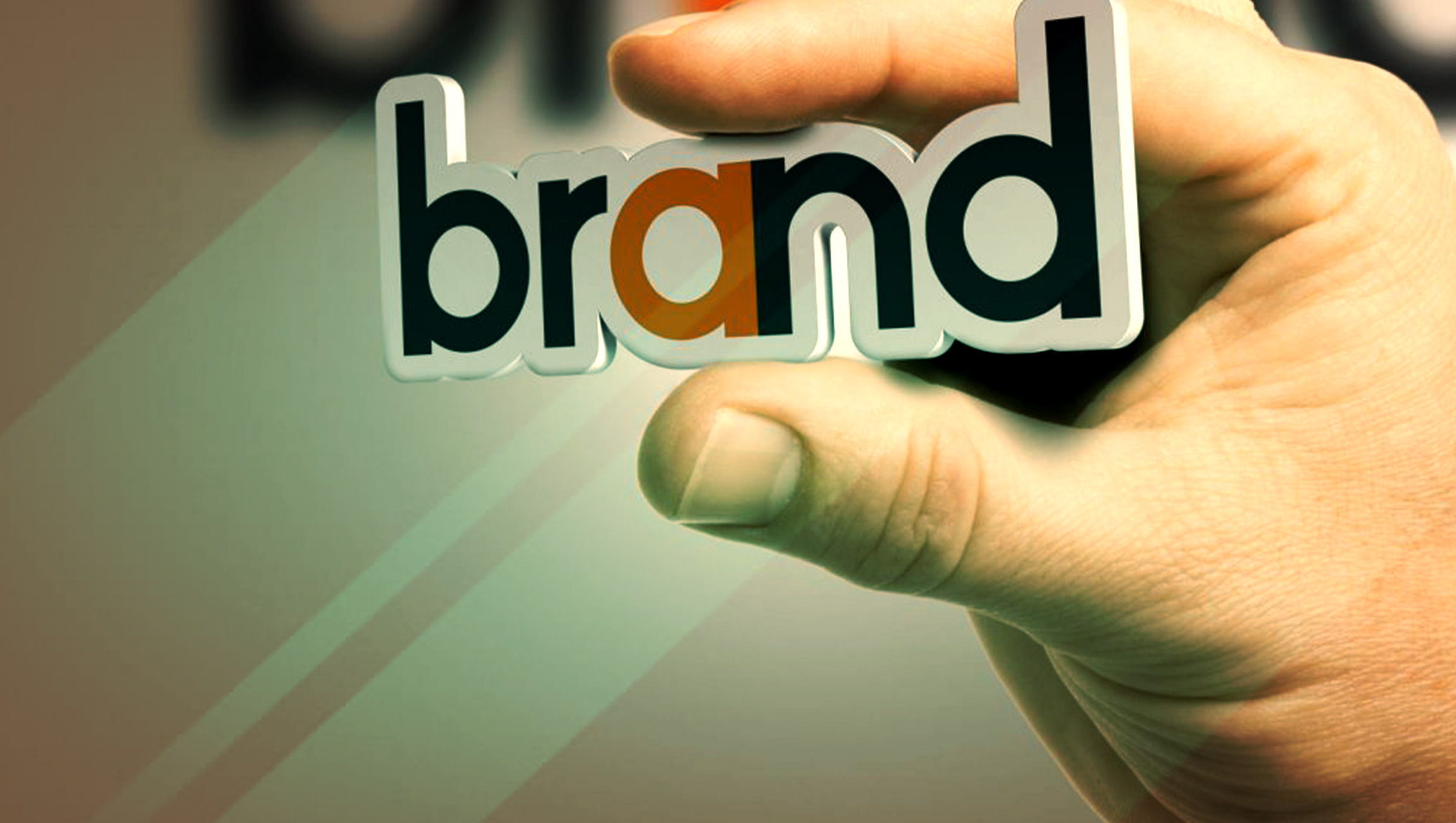Back in 2017, the programmatic marketplace was tainted by multiple controversies—all surrounding concerns around brand safety and the legitimacy of content where ads were being placed. Most notably, brands began pulling ads from YouTube due to instances where advertisements were being programmatically placed alongside various forms of controversial content (from extremist propaganda to hate videos and more).
Google was quick to respond with more than just an apology—mapping out a plan for how they would continue to strengthen their programmatic sales capabilities in order to alleviate concerns around brand safety.
While the percentage of ads programmatically and inappropriately placed were relatively slim, the impact was far-reaching. Despite the quick response from Google, the Guardian pulled their ads from the platform. AT&T, Verizon, Walmart, and Starbucks pulled theirs shortly thereafter.
Just a few short weeks after the relationship-shattering boycotts, Google responded by strengthening AI and partnering with third-party vendors, among other strategies, to help re-instill confidence in their existing and former partners and prove to them that this issue would never happen again.
Additionally, it’s important to note that even with these recent concerns around brand safety, eMarketer recently announced that YouTube ad revenue is on track to outperform their previous forecasts. The platform is now expected to earn over $7.1B in advertising in 2021.
Read More: Things Marketing Leads Need to Know about Benchmarking Discounts Effectively
Third-Party Technology and Policy Come to the Rescue
One way Google sought to rectify the buy/sell issue was through partnering with third-party vendors. Today, we’re continuing to see third parties develop new strategies to help safeguard programmatic interactions. For example, initiatives such as IAB Tech Lab’s ads.txt have been introduced to the market to connect brands with publishers’ authorized digital sellers to help ultimately remove instances of ad fraud and increase transparency within the programmatic ecosystem.
The technology and strategies behind whitelisting and blacklisting have also become smarter—bringing preventative tools to advertisers and publishers’ fingertips and providing them with the capability to choose where their ads can and cannot be placed on an individual basis.
There, of course, will always be room for growth as the platforms on which advertisers buy continue to shift. These brand safety concerns have been all but removed completely—with the exception of recent events surrounding inappropriate content in the comments sections of YouTube videos.
Google, other publishers, and ad vendors will no doubt adjust accordingly and come up with an air-tight solution to address these concerns as well. As with any new technology, there are unintended consequences that come as a result of rapid mass implementation. Provided the circumstances, programmatic technology has been exceptionally agile in responding to crises like these.
Companies are already working to develop new combinations of AI-driven tools and capabilities to redefine how programmatic purchase decisions are made. The next step is looking beyond simply the “input vs. output” results of AI and beginning to understand the content on a more contextual level.
Read More: Redefining Promo and Sports Highlight Creation Using AI
Man + Machine – Understanding Context is Key
Whitelisting and blacklisting technologies are becoming smarter and more effective—understanding more about the context of a word on a page, rather than just removing the word outright. A recent study found that a whopping 84 percent of publishers say that brand-safe content is being repeatedly blocked by brand safety solutions, and even 91 percent believe that this will ultimately threaten the future of online publishing at large.
There needs to be a balance between ensuring that programmatic purchases are brand safe and maintaining the value for publishers to sell programmatically. If publishers feel like they are losing monetization, the incentive is no longer there. This is where the human comes into play. AI is extremely successful in avoiding and approving words and phrases for programmatic purchases. But language isn’t that black and white.
We need people to help train AI to understand the context of these words (those whitelisted and blacklisted alike) to fully comprehend why a certain piece of content is to be deemed brand safe or not. With people at the heart of these brand safety decisions, and allowing AI to handle the mundane operational tactics, both publishers and advertisers will be able to benefit tenfold from programmatic interactions.
Most fears around programmatic technology and brand safety seem to be driven by the 2017 YouTube controversies. But, since then, new technologies and techniques have come to the forefront to help keep such an event from happening again. Of course, there will need to be continual self-evaluation in order to keep up with platform updates, but the publishing and tech vendor community are active in developing strategies to adapt accordingly.
Read More: Top 5 Best iOS App Development Companies in Dubai



